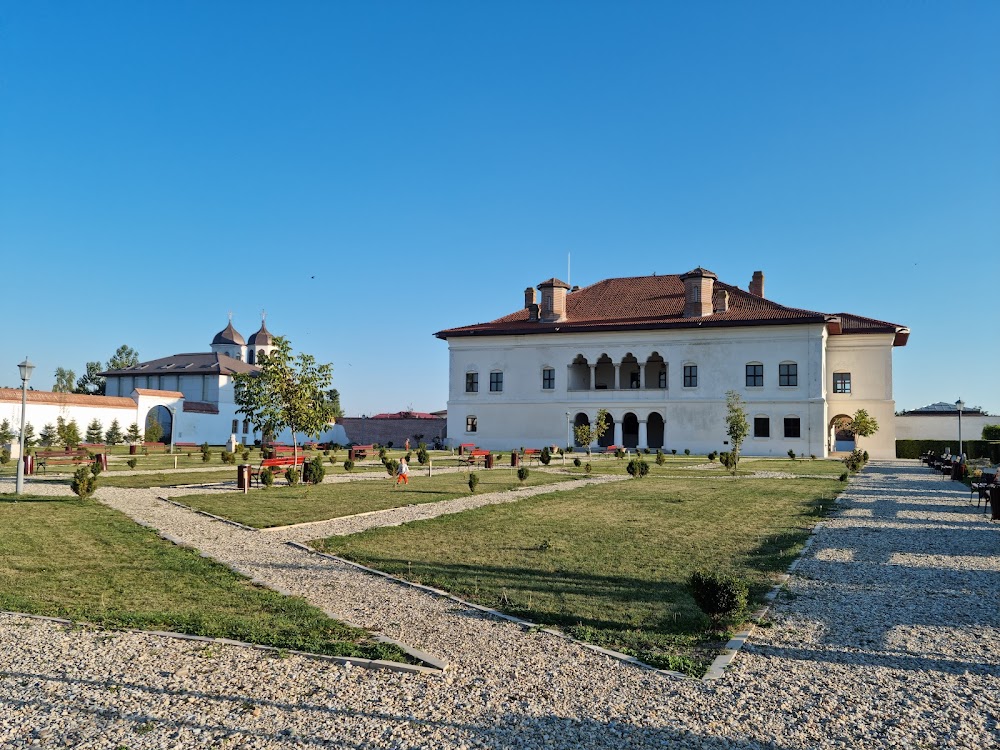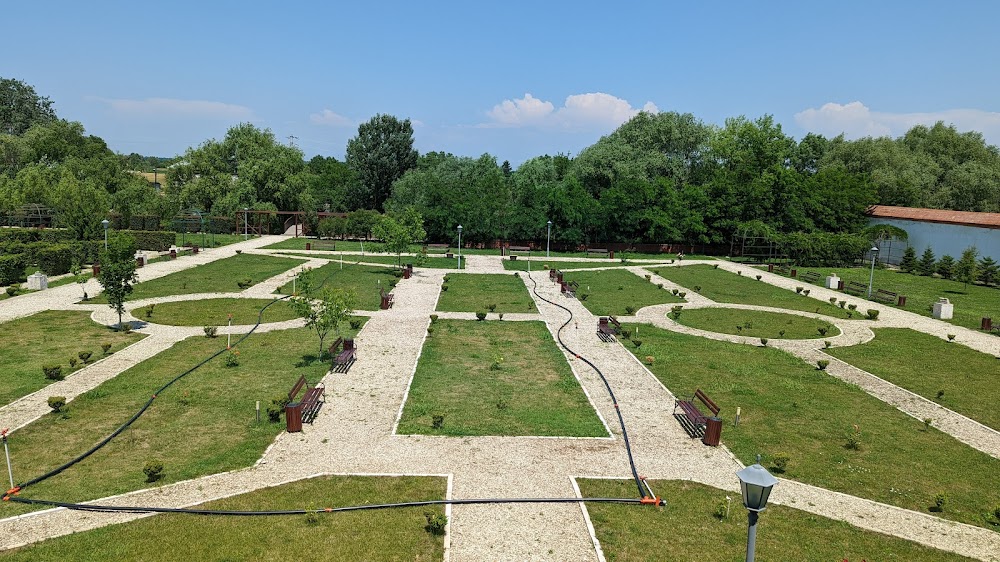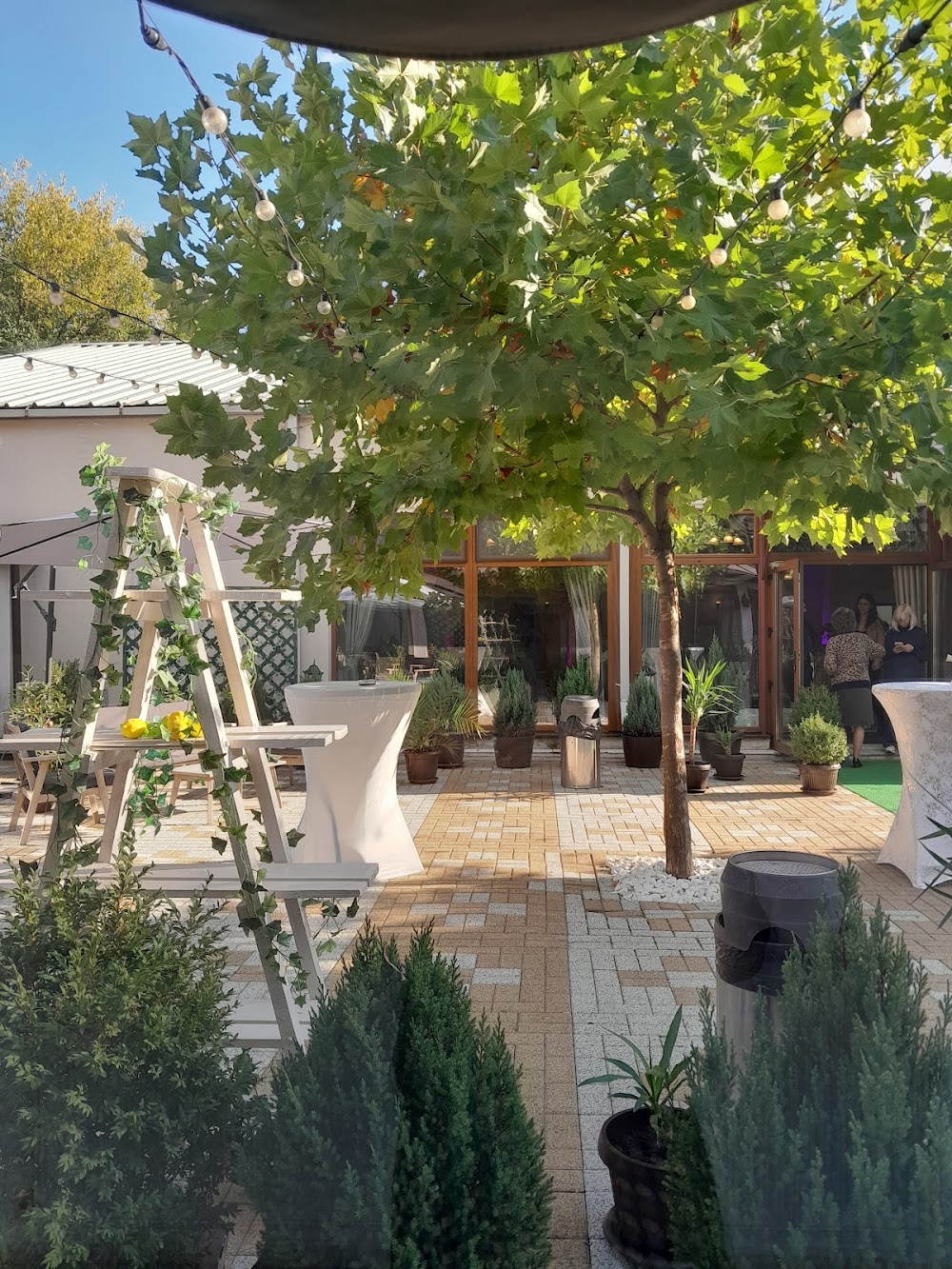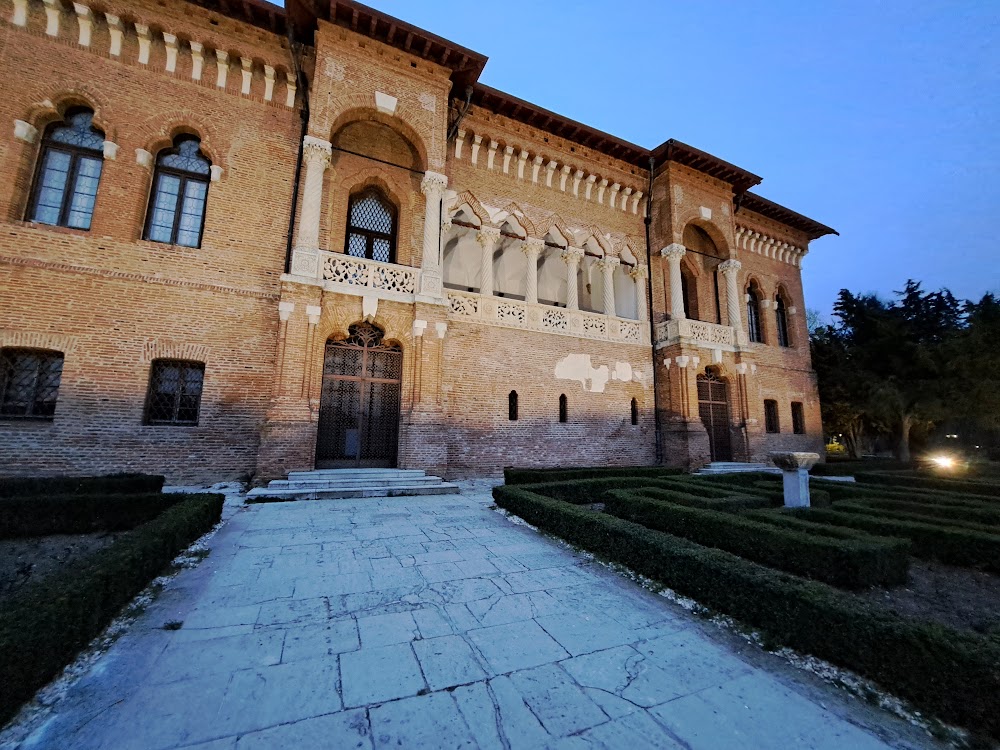Brâncovenesc Palace at Potlogi (Palatul Brâncovenesc de la Potlogi)
Overview
The Brâncovenesc Palace at Potlogi, nestled in Ilfov County, Romania, is a remarkable testament to the region's architectural heritage. Built in 1698 by the esteemed Wallachian ruler Constantin Brâncoveanu, this palace exemplifies the unique Brâncovenesc style, which artfully combines influences from Byzantine, Ottoman, Renaissance, and Baroque architecture. Constructed to honor his eldest son and heir, Constantin, the palace reflects Brâncoveanu's aspirations for power, sophistication, and cultural prestige.
Strategically located on fertile land, Potlogi served as both a luxurious residence and a functioning estate. The palace's impressive architecture speaks volumes about Brâncoveanu's vision and his commitment to quality craftsmanship. Renowned artisans from Romania and beyond were commissioned to create intricate stone carvings and decorative elements, resulting in a harmonious blend of styles that defines the palace's allure.
The construction of the palace began with a robust foundation using locally sourced materials, such as stone and brick, ensuring durability and protection. Its thick, sturdy walls are adorned with beautifully carved stone balconies, archways, and columns, showcasing the exquisite craftsmanship of the era. Every detail, from the façade to the ornamental features, exudes elegance and sophistication.
Inside, the palace is a feast for the senses. Luxurious and comfortable, the spacious rooms are adorned with rich tapestries, stunning frescoes, and elaborate woodwork. Finely crafted tiles cover the floors, while large windows bathe the interiors in natural light, creating inviting spaces. Each area serves a specific purpose, ranging from grand halls designed for entertaining guests to intimate private chambers for family life.
Surrounding the main building are additional structures, including a charming church, stables, and storage facilities, all designed in the same architectural style to create a cohesive estate. The meticulously planned gardens feature a mix of local and exotic flora, enhancing the palace's grandeur and providing a serene backdrop.
The Brâncoveanu Palace at Potlogi was not merely a residence; it symbolized Constantin Brâncoveanu's wealth, education, and cultural aspirations. It was a hub for important political decisions and social gatherings, where dignitaries and guests were entertained, fostering connections across regions.
Throughout the years, the palace faced neglect, particularly during Romania's Communist era. However, recent extensive restoration efforts have breathed new life into this historical gem. These initiatives involved meticulous research and the use of traditional building techniques and materials, ensuring the preservation of the palace's historical authenticity.
Today, the Brâncoveanu Palace at Potlogi stands as a significant cultural and historical monument, welcoming visitors to explore its opulent interiors and beautifully restored gardens. Each room tells a story of the Brâncoveanu era, showcasing architectural brilliance that has withstood the test of time.
The ongoing preservation of the Brâncoveanu Palace ensures that future generations can appreciate this architectural masterpiece and the rich history it embodies. It serves as a lasting testament to Romania's cultural heritage and artistic achievements, reflecting the enduring legacy of Constantin Brâncoveanu and his contributions to the nation's history.






